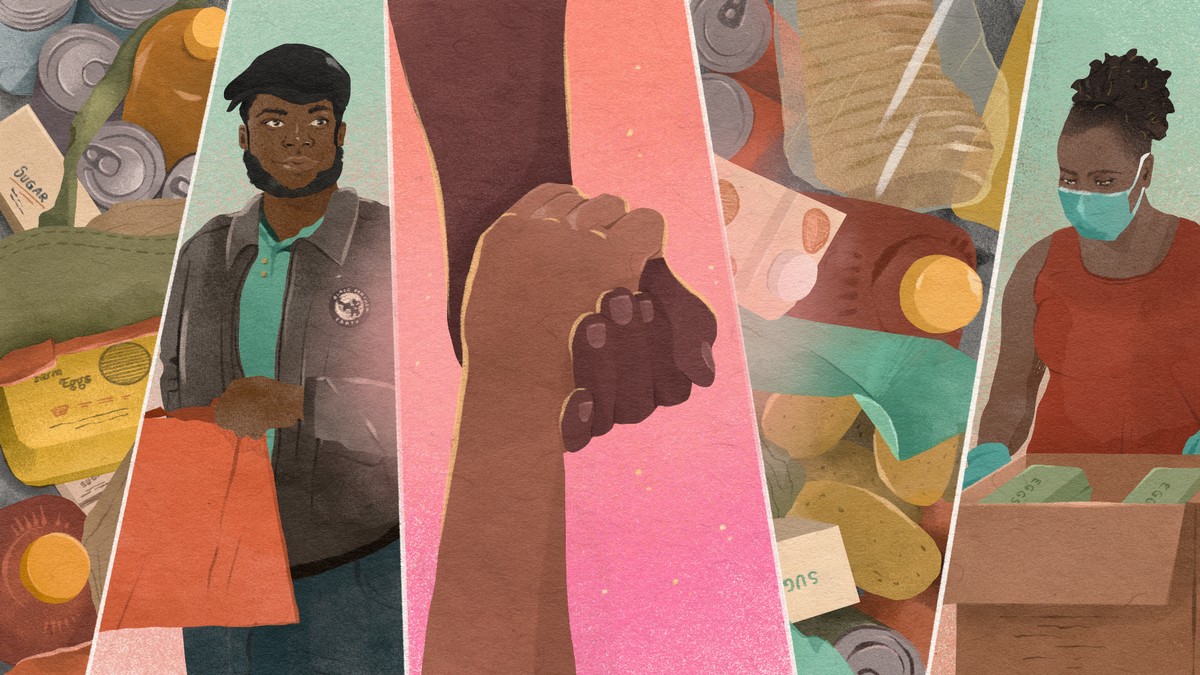As Things Go Back to ‘Normal,’ What Happens to Mutual Aid? - 2 minutes read

Though the pandemic helped make them a household term, mutual aid organizations are an American institution, the earliest of which dates back to American slavery. In Ariel Aberg-Riger’s visual article ‘Solidarity, Not Charity’: A Visual History of Mutual Aid, they explain the mission of one of the first Black mutual aid societies, called The Free African Society. Created in Philadelphia in 1787 by two religious men, Richard Allen and Absalom Jones, The Free African Society was quite literally born to help freed slaves adjust to a life outside of slavery. In 1896, Callie House created the Ex-Slave Mutual Relief, Bounty, & Pension Association to give pensions to Black workers emancipated after the Civil War like herself. Throughout American history, mutual aid networks like Chinese Consolidated Benevolent Association, Landsman-Shaftn, Sociedades Mutualistas, and The Young Lords Garbage Offensive have filled a void where government support has failed to close financial disparities caused by racial discrimination, natural disasters, the “sleep when you’re dead” mantra of capitalism. One shared characteristic between these support networks is that they pop up during periods of social upheaval, societal strife, and turmoil. Some are still around, while others like The Young Lords are not, but can look back on their legacy of community activism with admiration. The giving that came during the COVID-19 pandemic and racial justice protests that came after the police killing of George Floyd was history repeating itself as communities pressed together to stay alive. But if history is a pattern, we ought to be worried about whether the good work done last year will continue into the future.
Source: Vice News
Powered by NewsAPI.org